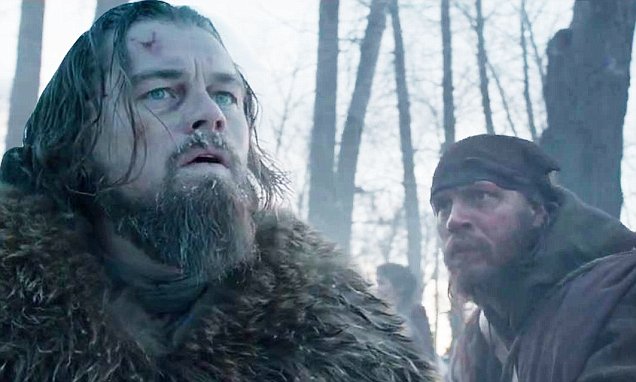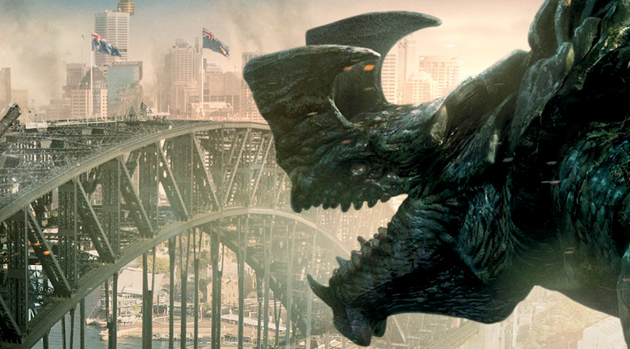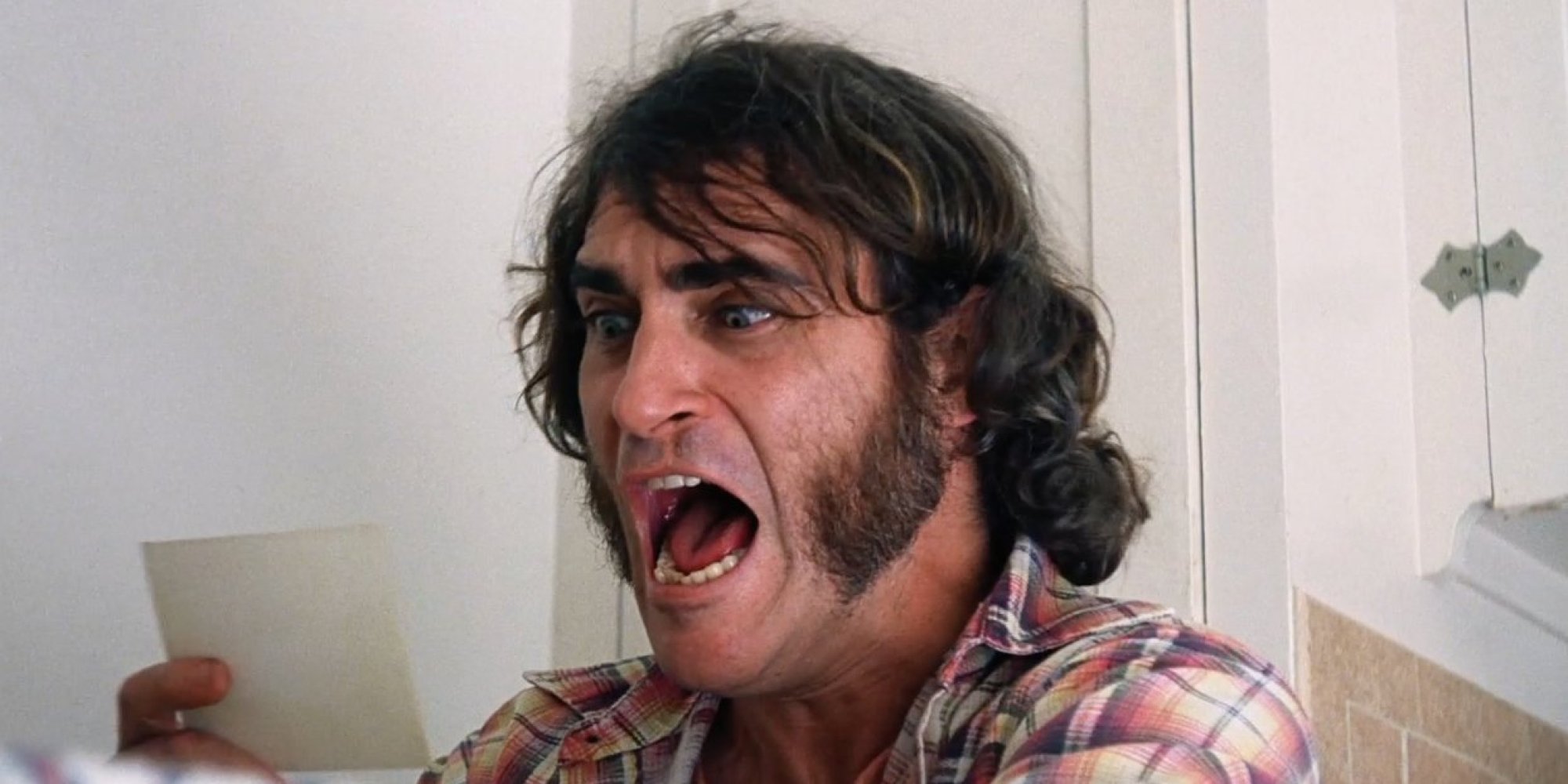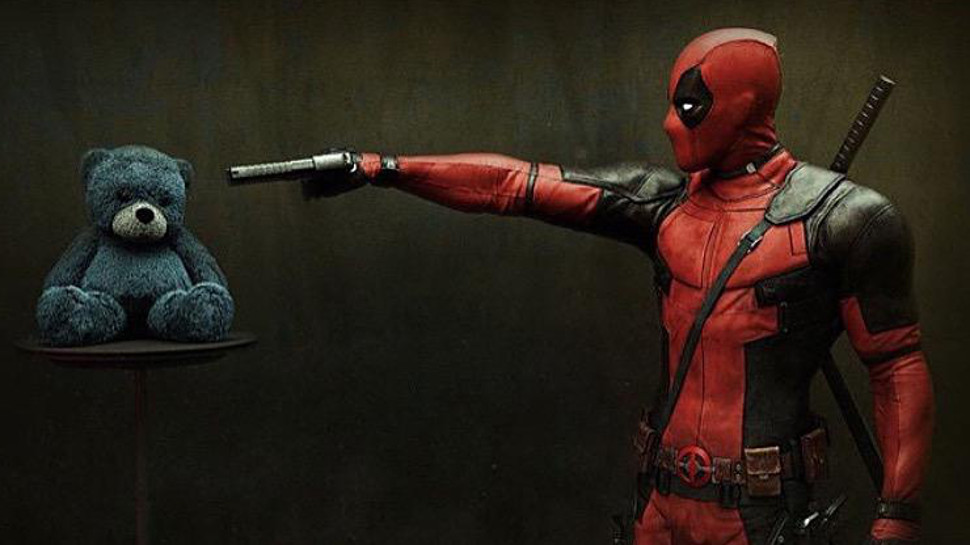Many have called Director Alejandro González Iñárritu a cinematic sadist – and frankly it’s not difficult to make that argument. His cannon is filled with tough, bruising visions of the world that find his characters struggling for hope in the face of unrelenting cynicism. I’ve found some of his films to work (Amores Perros, parts of Babel, Birdman) and others to be completely back up this claim (21 Grams, Biutiful) but each is undoubtedly his vision. His new work about fur trappers in the frontier west, The Revenant, fits neatly into his oeuvre – it never compromises, forcing you to reckon with it on his terms.
In many ways that lack of compromise suits The Revenant because of its intense sense of place. The overwhelming vistas of a wintry-Calgary (and Argentina) stand in for somewhere west of the Mississippi, USA and the results are overwhelming. Rarely has a movie so fully engulfed my senses as this did. Iñárritu and his Oscar-winning cinematographer Emmanuel Lubezki achieved this using all natural light and (mostly) practical effects. Forests seem to endlessly travel in all directions, the landscape is drenched with rain, snow and raging rivers while our not-so-merry band of fur trappers slog through it without pause. If you are a cinema geek, travel briskly to the nearest theater, but wear a coat.
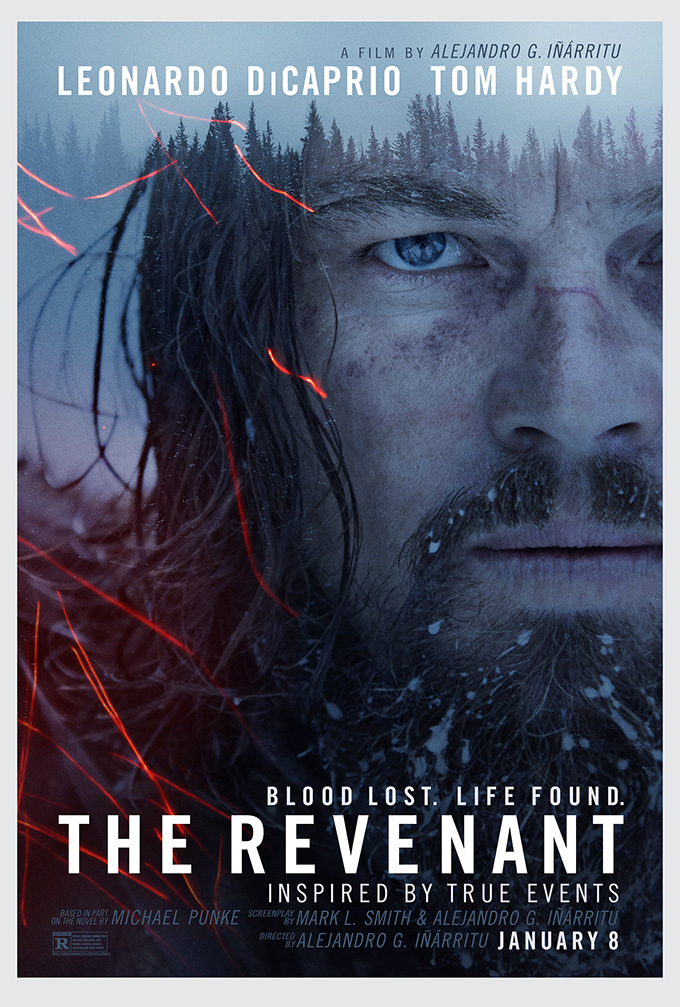 Leonardo DiCaprio is Hugh Glass, a fur trapper with an uncanny knack for navigation. He and his son Hawk (Forrest Goodluck) are leading a group to Fort Kiowa after a successful expedition racking up hides to sell. When his group is attacked and overrun by Arikara Native Americans only 10 make it out with less than half their loot in tow. Quickly, they abandon their ship on the river and decide to hoof the remainder of the journey – some 250 miles to paydirt.
Leonardo DiCaprio is Hugh Glass, a fur trapper with an uncanny knack for navigation. He and his son Hawk (Forrest Goodluck) are leading a group to Fort Kiowa after a successful expedition racking up hides to sell. When his group is attacked and overrun by Arikara Native Americans only 10 make it out with less than half their loot in tow. Quickly, they abandon their ship on the river and decide to hoof the remainder of the journey – some 250 miles to paydirt.
One morning Glass ventures out alone to plot the trail. Unfortunately his luck is far worse than his navigation skills and he stumbles head first into a group of bear cubs. Before he can react he is mauled within an inch of his life but a none-too-happy mama bear with a penchant for throat slashing. Of the many memorable scenes in this film, this will be the lasting imprint. The attack is so visceral in its gore, so unbelievable in its execution that you’ll think you accidentally showed up to a Saw movie.
As you can imagine, ol’ Glass doesn’t fare so well coming out of said thrashing and his crew acts quick to keep him alive. After his wounds are (somewhat) mended they lay him out on a stretcher and continue the arduous trek across the tundra.
The problem that quickly arises is Glass is heavy and mountains are steep. To take care of this problem Captain Andrew Henry (Domhnall Gleeson) instructs a small group to stay behind until he succumbs to his wounds, providing a proper, honorable burial. That crew is led by the obviously evil Fitzgerald (Tom Hardy donning yet another insane accent) who really likes money and would prefer assisting Glass in his demise rather than waiting around for it. After a few days his patience wanes and Fitzgerald buries Glass in a shallow grave, thinking there is no way this terminally-injured man will awaken, heal and walk 200-miles to gruesomely execute him. Oh Fitzgerald…you silly, silly fool.
Iñárritu keeps the story slight and the dialogue slighter. It’s possible to imagine a version of The Revenant that is entirely wordless as most of the acting is so physically demanding the actors mostly grunt and point anyway. The film benefits from this by throwing us into the middle of the harsh, almost alien world but because this is Iñárritu you can see the wheels turning. He doesn’t want this to be a simple story of revenge so he employs (one too many if you ask me) flashbacks to give us an understanding of where Glass came from and his sympathies toward the native people. Iñárritu is clearly reaching for a broad theme of white men pillaging the Earth and at times he attains it – but only visually. It’s when the actors open their mouths to espouse profoundly silly things that he gets himself in trouble.
Leo may very well (and should) win his golden statue for his work in The Revenant, I just wish it was in service of a larger work more worthy. It’s a punishing, physical performance that he gives himself over to and he deserves the recognition not only for this work but the countless other times he should’ve won.
At times The Revenant envelopes you but it never transcends it’s visuals by yada-yadaing the context instead opting for another battle scene. That may be Iñárritu’s want – to punish the viewer as he has his actors but if the underlying message is – because life is hard than so what? I do hope however in a decade we get a Hearts of Darkness-style documentary about the making of The Revenant though because what’s there to admire is right in front of you and man it would be cool to see how they achieved it. I’m just not sure I’d recommend it.

